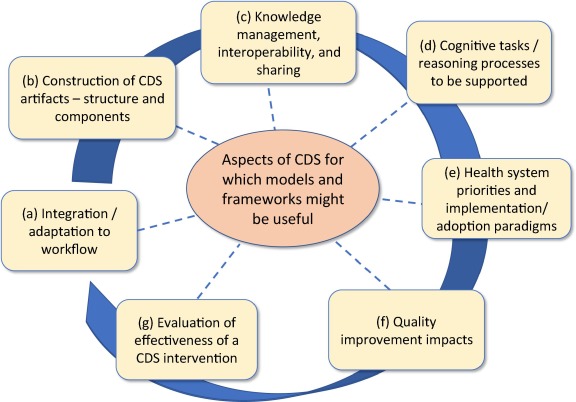It is a common practice to overuse healthcare resources, which includes imaging. House staff physicians have been overusing resources leading to concerns arising repeatedly. Researchers have recently developed a clinical decision support (CDS) tool that helps clinicians with less experience to reduce inappropriate imaging orders.
The study team analyzed over 5000 CT and MRI orders gathered for CDS implementation in April 2013, over 7000 orders from the first intervention period (post CDS 1) and over 14000 orders from the second intervention period (post CDS 2). Appropriate orders were primarily based on the Appropriateness Criteria as mentioned in the ACR and score was given on a scale of 1 to 9. Higher scores indicate appropriate orders.
By implementing CDS tools, a steady increased in the scores of MRI and CT orders were observed. However, no significant difference was observed between the house staff and the non-house staff, as reported by Jashvant Poeran, MD, Ph.D., Mount Sinai’s Icahn School of Medicine, New York, and colleagues.
Poeran revealed, “Importantly, in this study to examine the differential effects of CDS based on provider status, there is no significant difference in the appropriateness of advanced imaging use between house staff and non-house staff providers. This was seen in univariate analysis, as well as the quasiexperimental segmented regression analysis and the generalized linear model, which contributes to the robustness of our findings.”
Poeran’s research led to the “unexpected” result, which goes against the present literature. A study cited by a group of researchers found a strong association of increasing advanced imaging orders during supervised and controlled house staff encounters compared to physician-only encounters. The study strongly indicates that there may be several reasons for such surprising results, which includes facts like radiology department involvement in the study, lectures conducted on the appropriate use of imaging at the beginning of the academic year, etc. If this is initiated, it may bridge the knowledge gap currently existing between physicians in terms of experience and knowledge.

The Correct Approach
Researchers use the median appropriate score before CDS implementation, which showed a score of 6.2. The score was steady during post CDS 1 phase spanning from April 2014 through March 2015. However, in the post CDS 2 period from April 2015 through June 2016, the mean score reached 6.7.
This significant rise in score was a surprise. Researchers wrote about the positive effect of CDS tools in increasing the rate of the appropriate use of imaging.
The authors of the research concluded by saying, “Although our study revealed no significant difference in the effect of CDS on house staff physicians compared with non-house staff physicians, the results likely reflect the multifactorial influences on ordering behavior in our health system. CDS tools may thus serve as an equalizer in directing quality patient care from physicians across the training spectrum with varying familiarity with Appropriateness Criteria.
sepStream® is the leading healthcare and diagnostic imaging service, provider. We maintain strict standards and adhere to the latest guidelines to deliver excellent services to our clients. Try any of our customized solutions at an affordable price to get the best result.